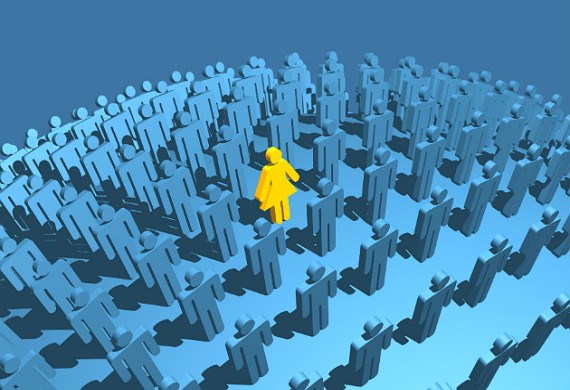
According to the NFHS Report, Men Have 3X More Jobs Than Women
By: WE Staff | Saturday, 7 May 2022
According to the newest edition of the National Family Health Survey Report, there are three times as many males as females employed in India's 15-49 age group, a stubborn gender imbalance that has remained largely unchanged over the last five years.
According to the fifth edition of the NFHS (for 2019-21), produced by the ministry of health and family welfare, almost 75% of boys and men aged 15 to 49 are currently employed.
“About 25% of women in the age group of 15-49 are currently employed, compared with 75% of men aged 15-49. Employment is higher among less educated people. About 89% among men and 34% among women are employed with less than 5 years of schooling. There are approximately 87% men and 34% women who are employed with no schooling," noted the report.
"24 percent of women were currently employed in 2015-16, compared to 25% in 2019-21," the report added, referring to the previous NFHS-4 (for 2015-16). In the same time span, the proportion of men who are now employed has remained unchanged."
The poll defines currently employed as individuals who were employed in the seven days before to the survey, which is an important indicator of socioeconomic changes. Respondents who have not worked in the last seven days but are regularly employed and were absent from work due to leave, illness, vacation, or any other cause are included.
For years, India's female labour force participation has been declining, and the survey raises important questions about whether the country's growth is inclusive enough, indicating the need for immediate action, according to Poonam Muttreja, executive director of the non-profit Population Foundation of India.
“We need a holistic approach to make women active participants in economic growth, and empower them. Investment in girls’ education and skill development is essential. Unpaid household work, such as caregiving, is considered solely a woman’s domain. We need to work on changing mindsets and social norms," she said.
“Additionally, providing housing to single working women and safer public transport could also play a role in increasing women’s participation in the economy."
Around 70% of females and 19% of males said they were unemployed in the 12 months prior to the survey. Every state currently employs a lower percentage of women than men.
The states with the lowest percentage of working women include Bihar (14%), Uttar Pradesh (17%), and Assam (18%). More than a third of women were employed in a few states: Karnataka (35%), Andhra Pradesh (37%), Telangana (39%), Manipur (40%), and Meghalaya (40%). (42 percent ).
Women who do work are mostly employed as farm or production workers.
Ironically, women and men with 10-11 years of education, women and men who have never married, women and men who have never had children, and women and men in the highest wealth quintile are less likely to be working.
The NFHS is a multi-round, large-scale survey conducted in a representative sample of Indian households. The report was released on Thursday in Vadodara, Gujarat, by Union Health Minister Dr. Mansukh Mandaviya.


.jpg)



